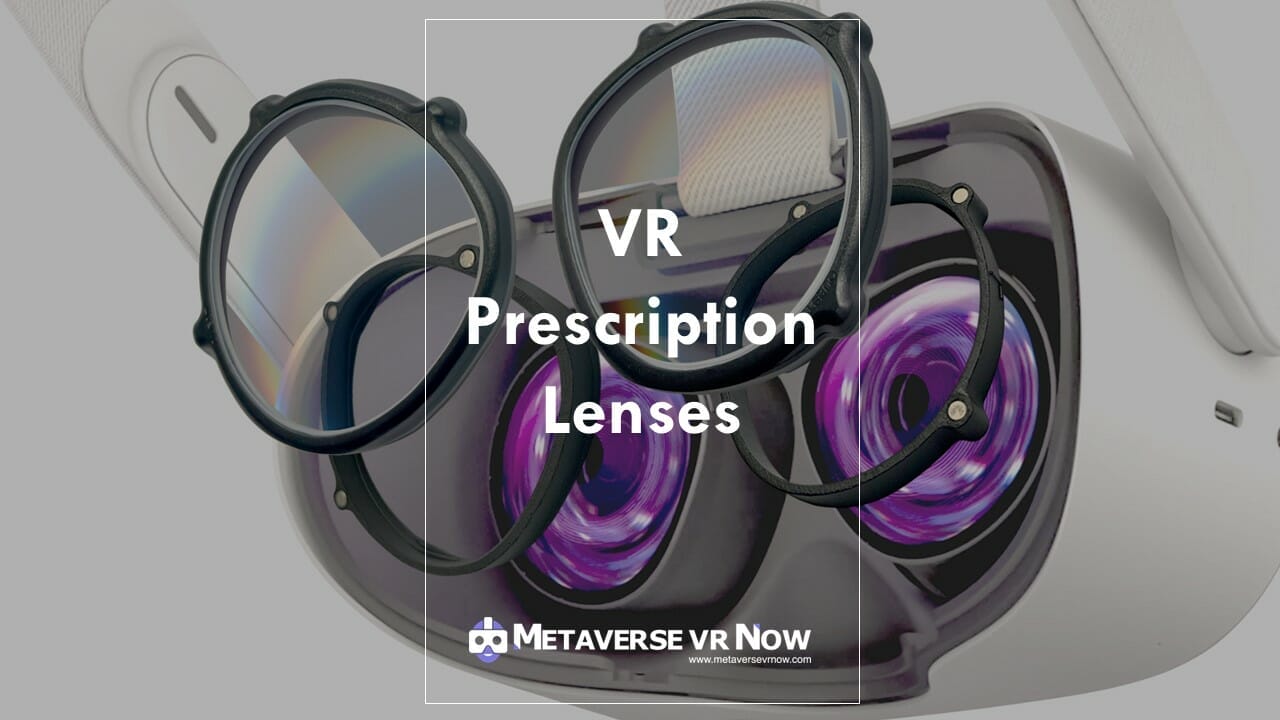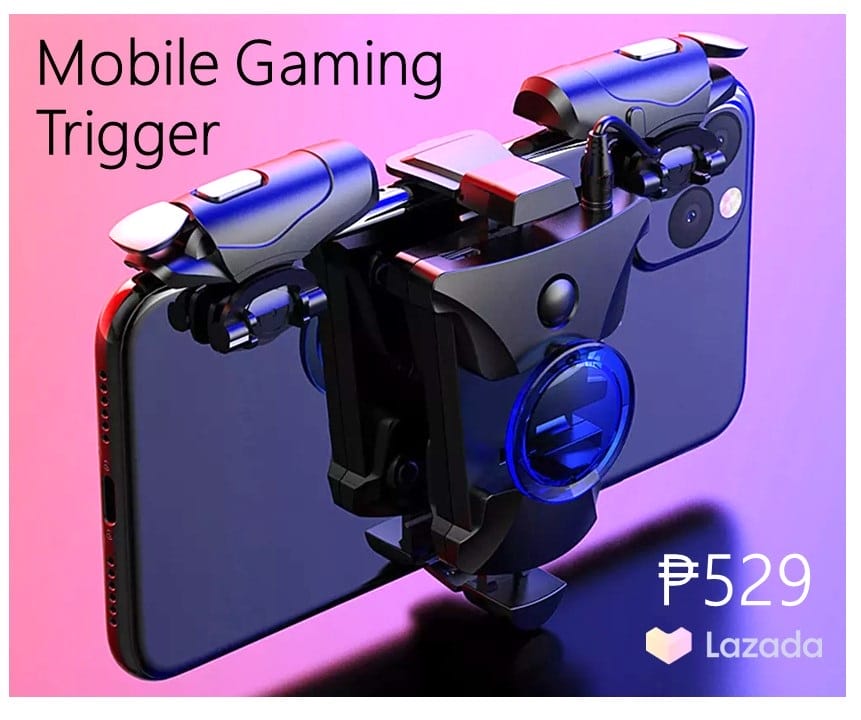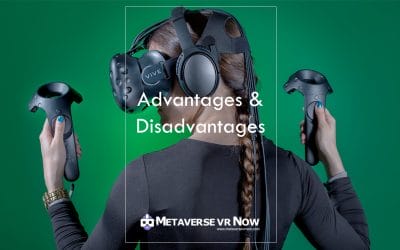Virtual reality is slowly becoming more and more popular. As technology improves, so does the quality of the virtual reality experience. One important aspect of virtual reality that is often overlooked is prescription lenses. Most people who wear glasses or contact lenses will need to get prescription lenses for their virtual reality headsets. VR prescription lenses are not that different from regular prescription lenses, but there are a few things to keep in mind when getting them.
VR prescription lenses allow people who need corrective vision to enjoy the same immersive experience as those with perfect vision. There are a few different types of prescription lenses for virtual reality headsets, and the best type for you will depend on your specific needs. If you’re considering getting VR prescription lenses, here’s what you need to know.
If you wear glasses or contact lenses, you may have wondered if you can use them with a VR headset. The answer is yes and no. If your prescription is -2.5 or lower, you can use the Oculus Quest 2 or HTC Vive without lenses. But if your prescription is -3 or higher, you’ll need to buy prescription lenses. These are designed to fit inside the headset and correct your vision.
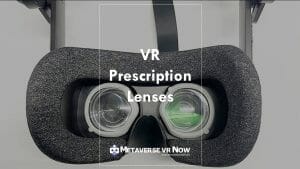
What Are VR Prescription Lenses
When you wear prescription lenses for virtual reality headsets, also called VR Rx lenses, you can see clearly while using a virtual reality headset. These lenses are made to correct your vision so that you can see the screen in front of you without strain.
There are two types of prescription lenses for virtual reality headsets: single-vision and multi-focal. Single-vision lenses have one power throughout the entire lens, while multi-focal lenses have different powers in different areas. The type of lens you need depends on your prescription.
VR prescription lenses are made with high-index materials that make them thinner and lighter than regular eyeglass lenses. This is important because it helps reduce the weight of the headset and makes it more comfortable to wear for long periods of time.
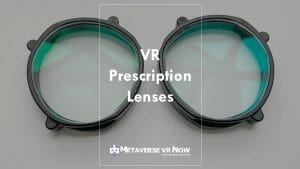
How They Work: How do VR Rx Lenses Help Those with Poor Vision?
There are many people who enjoy using virtual reality (VR) headsets for gaming and other purposes but who may not be able to see them as well as they would like when using them. This is where VR prescription lenses can help.
These special lenses are designed to correct vision problems such as myopia (nearsightedness), hyperopia (farsightedness), and astigmatism. They can also help with presbyopia, a condition that affects people over the age of 40 and makes it difficult to focus on close objects.
VR Rx lenses are made of a specialized material that is transparent to both visible light and infrared light. This allows them to work with the head-mounted display (HMD) of a VR headset to provide the user with a clear image.
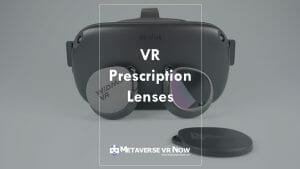
Types of VR Prescription Lenses
There are two main types of VR prescription lenses: spherical and aspheric.
Spherical lenses
Spherical lenses have a uniform curvature and are used to correct for nearsightedness or farsightedness. The eyeglass lens is shaped like a portion of a sphere, so it has one curve across its surface. Depending on your prescription, the curve may be steeper or flatter. If you have trouble seeing things far away, you probably need a concave or negative lens. This type of lens bends incoming light rays so they can focus directly on your retina — the spot at the back of your eye where images are formed — rather than in front of it.
Aspheric lenses
Aspheric lenses have a more complex curvature and are used to correct astigmatism. Astigmatism is a common refractive error in which the eye does not focus light evenly on the retina, resulting in blurred vision. Aspheric lenses are designed to correct this by providing a more uniform curve across the lens surface. This allows light to be focused more evenly on the retina, resulting in clearer vision. Aspheric lenses are also thinner and lighter than traditional spherical lenses, making them more comfortable to wear.
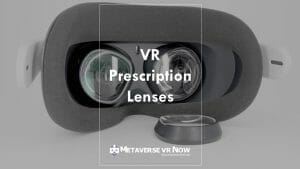
The Benefits: What Are Some of the Benefits of Using VR Rx Lenses?
There are many benefits to using VR prescription lenses. Some of the most notable benefits include:
1. Increased field of view
With VR Rx lenses, you’ll have an increased field of view, which can be helpful in a number of situations.
2. Improved clarity
The lenses can also help improve the clarity of your vision, making it easier to see things in detail.
3. Reduced eye strain
One of the main benefits of using VR Rx lenses is that they can help reduce eye strain. This is especially beneficial if you spend a lot of time looking at screens or if you have to read for long periods of time.
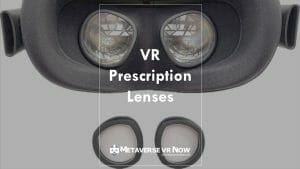
The Drawbacks: Are there Any Drawbacks to Using VR Rx Lenses?
There are a few drawbacks to using VR prescription lenses. First, they can be quite expensive.
There are a few potential drawbacks to using VR Rx lenses.
For one, they may not work with all VR headsets.
Second, they can be uncomfortable to wear for long periods of time.
Third, they may not work with all VR headsets.
Additionally, the lenses may cause some distortion and may not be suitable for people with certain vision conditions.
Finally, VR Rx lenses can be expensive.
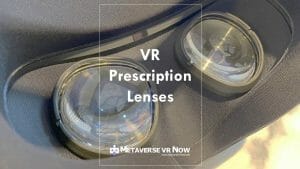
Are There Any Risks Associated with VR Rx Lenses?
Yes, there are risks associated with VR prescription lenses. If you have an underlying eye condition, it could be aggravated by the use of VR technology. Also, if you wear contact lenses, there is a risk of them becoming dry and irritated while using VR equipment.
Most people experience some form of visual discomfort when using virtual reality (VR) headsets, and a large percentage of users report symptoms of VR sickness. The most common symptoms are eyestrain, headaches, and nausea. VR sickness is caused by a mismatch between what the eyes see and what the body feels. This can happen when the lenses in a VR headset do not correct the user’s vision properly, causing the image to appear blurry or distorted. Wearing prescription lenses in a VR headset can help reduce the risk of VR sickness by providing a clear image for the eyes to focus on. However, there are some potential risks associated with wearing prescription lenses in a VR headset.
The first risk is that the lenses may become scratched or damaged from rubbing against the inside of the headset.

Who Needs Them: People Who Benefit From VR Rx Lenses
There are many people who can benefit from VR Rx lenses. Those who suffer from nearsightedness, farsightedness, and astigmatism can all find relief with the help of these specialized lenses. Additionally, people who experience headaches or eye fatigue from using VR headsets can also benefit from VR Rx lenses. By correcting the individual’s vision, VR prescription lenses can help to reduce the strain on the eyes and make the VR experience more comfortable overall.
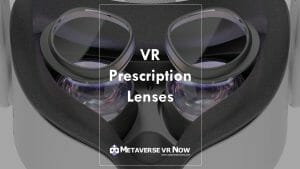
How to Get Them: Steps for Getting VR Rx Lenses
If you’re one of the millions of people who own a virtual reality headset, you may be wondering if you can get prescription lenses for your device. Here are a few things to keep in mind when getting VR Rx lenses:
1. Make sure your VR headset is compatible with prescription lenses. Not all headsets are compatible, so it’s important to check before making any purchase.
2. Find an optometrist or ophthalmologist who specializes in prescribing VR lenses. This way, you can be sure that they have the experience and expertise to help you find the right lenses for your needs.
3. Get an eye exam. This step is important to ensure that you’re getting the right prescription for your eyesight. Be sure to bring your VR headset with you so the doctor can take proper measurements.
4. Discuss your options with your doctor. Depending on your prescription and the type of headset you have, there are different types of lenses you can choose from.
5. Make a purchase and start enjoying VR!
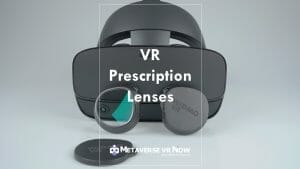
How to Choose the Right VR Rx Lenses?
With the release of several new VR headsets, many people are wondering what type of prescription lenses they need to purchase in order to see clearly while using the device. Here are a few things to keep in mind when choosing VR prescription lenses:
1. First, you’ll need to know the diopter of your eyesight. This is a measure of the curvature of your eyeball and can be determined by visiting an optometrist.
2. Once you know your diopter, you can choose between two different types of VR Rx lenses: single-vision or multi-focal. Single-vision lenses will correct for one distance, while multi-focal lenses will have multiple correction zones for different distances.
3. If you wear glasses or contact lenses, you’ll also need to take into account the size of your pupils.
4. The biggest thing to keep in mind is that VR Rx lenses require a special lens grinding machine that can be very expensive, and not every optical shop will have it.
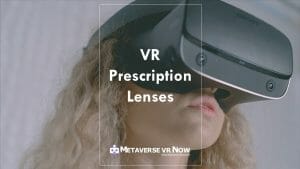
FAQs about VR Rx lenses
When it comes to VR prescription lenses, there are a few things that people often want to know. Here are some frequently asked questions about VR Rx lenses.
1. How do VR Rx lenses work?
VR prescription lenses work by correcting the user’s vision so that they can see clearly while using a VR headset. This is done by taking into account the user’s individual eyeglass prescription and then applying it to the lens of the VR headset.
2. Do all VR headsets come with prescription lens options?
No, not all VR headsets come with prescription lens options. However, many popular VR headsets do offer this option for those who need it.
3. How much do VR Rx lenses cost?
The cost of VR Rx lenses will vary depending on your specific vision needs and which type of lens you choose. However, our team of experts can help you find the perfect lens for your budget and needs.
4. Do I need a prescription for VR lenses?
Yes, you will need a current eyeglasses prescription from within the last two years in order to get started with VR lenses. If you do not have a current prescription, our team of optometrists can help you get one.
5. What are the benefits of VR prescription lenses?
There are many benefits to VR Rx lenses, including improved vision, reduced eye strain, and increased comfort while using virtual reality headsets.
How Much Do VR Prescription Lenses Cost?
If you wear prescription glasses or contact lenses, you’ll need to factor in the cost of custom lenses for your virtual reality headset. Depending on the brand and model of VR headset you purchase, the cost of prescription lenses can range from $50 to $100.
While some VR headsets come with a standard set of lenses that can be swapped out for prescriptive ones, others require that you purchase a separate set of lenses specifically for people with vision impairments. Either way, it’s important to factor in the cost of prescription lenses when budgeting for your VR experience.
How to Get Started with VR Rx Lenses
If you’re using a virtual reality headset for the first time, you may be wondering how to get started with VR Rx lenses. Here are a few things to keep in mind:
First, make sure your headset is compatible with VR prescription lenses. Not all headsets are, so it’s important to check before you buy.
Once you have a compatible headset, the next step is to choose the right VR prescription lens for your needs. There are a few different types of VR lenses, so it’s important to consult with an expert to find the right one for you.
Finally, once you have your VR prescription lens, make sure to follow the instructions carefully when installing it in your headset. If done correctly, you should be able to enjoy your virtual reality experience with ease!
Things to Consider Before Buying VR Rx lenses
If you wear glasses or contact lenses, you may have wondered if you can use them with a virtual reality (VR) headset. The short answer is: maybe. It depends on the type of VR headset you have, and whether your eyewear prescription is up to date.
Here are some things to keep in mind if you’re thinking about using VR Rx lenses:
1. Not all VR headsets are compatible with prescription lenses.
If you have a Oculus Rift, Oculus Quest 2, HTC Vive, or Sony PlayStation VR 2, you’ll need to purchase an aftermarket lens insert that’s specifically designed for your headset.
2. Make sure your eyewear prescription is up to date.
If it’s been more than a year since you’ve had an eye exam, schedule an appointment with your optometrist before using VR prescription lenses.
Materials Used in VR Prescription Lenses
VR prescription lenses are made from high-index plastic, which is lighter and thinner than regular glass or plastic lenses. This makes them more comfortable to wear for extended periods of time. Additionally, VR Rx lenses are coated with an anti-reflective coating to reduce glare and improve visibility.
A new study published in the journal Optometry and Vision Science investigates the materials used in prescription lenses for virtual reality (VR) headsets. The study found that the type of material used in the lens can have a significant impact on the user’s experience with VR.
The study compared three different types of lenses: traditional glass, polycarbonate, and acrylic. The researchers found that the polycarbonate lenses performed the best, providing the clearest image and causing the least amount of eye fatigue. Acrylic lenses were found to be the second-best option, while traditional glass lenses were found to be the worst performers.
These findings suggest that patients who use VR headsets should consider using polycarbonate or acrylic prescription lenses. Glass lenses may cause more eye fatigue and may not provide as clear of an image, which could lead to a less-than-ideal VR experience.
The Future: What does the future hold for VR Rx lenses?
There is no doubt that virtual reality (VR) is here to stay. It has already made significant inroads in the gaming and entertainment industries, and is now starting to gain traction in other areas such as healthcare and education.
One area that is ripe for VR adoption is prescription lenses. Currently, there are a number of companies working on developing VR Rx lenses, which would allow users to wear their regular glasses or contact lenses while using a VR headset.
There are a number of challenges that need to be overcome before VR prescription lenses become a reality, but it is definitely an exciting area of development that hold a lot of promise for the future.
Final Thoughts
In conclusion, VR prescription lenses are a type of eyewear that can be used in virtual reality headsets to correct vision. They are made to the individual’s prescription and can provide a more immersive experience. VR Rx lenses can also help reduce eye strain and fatigue.
The use of prescription lenses for virtual reality headsets has both its pros and cons. On the one hand, it can help correct vision problems and enable people to see things more clearly. On the other hand, it can cause eye fatigue and headaches. Ultimately, it is up to the individual to decide whether or not to use VR prescription lenses.
VR Rx lenses are a great way to improve your VR experience. They can help you see better and enjoy your VR experience more. If you are having trouble seeing in VR, consider getting a pair of VR prescription lenses.

